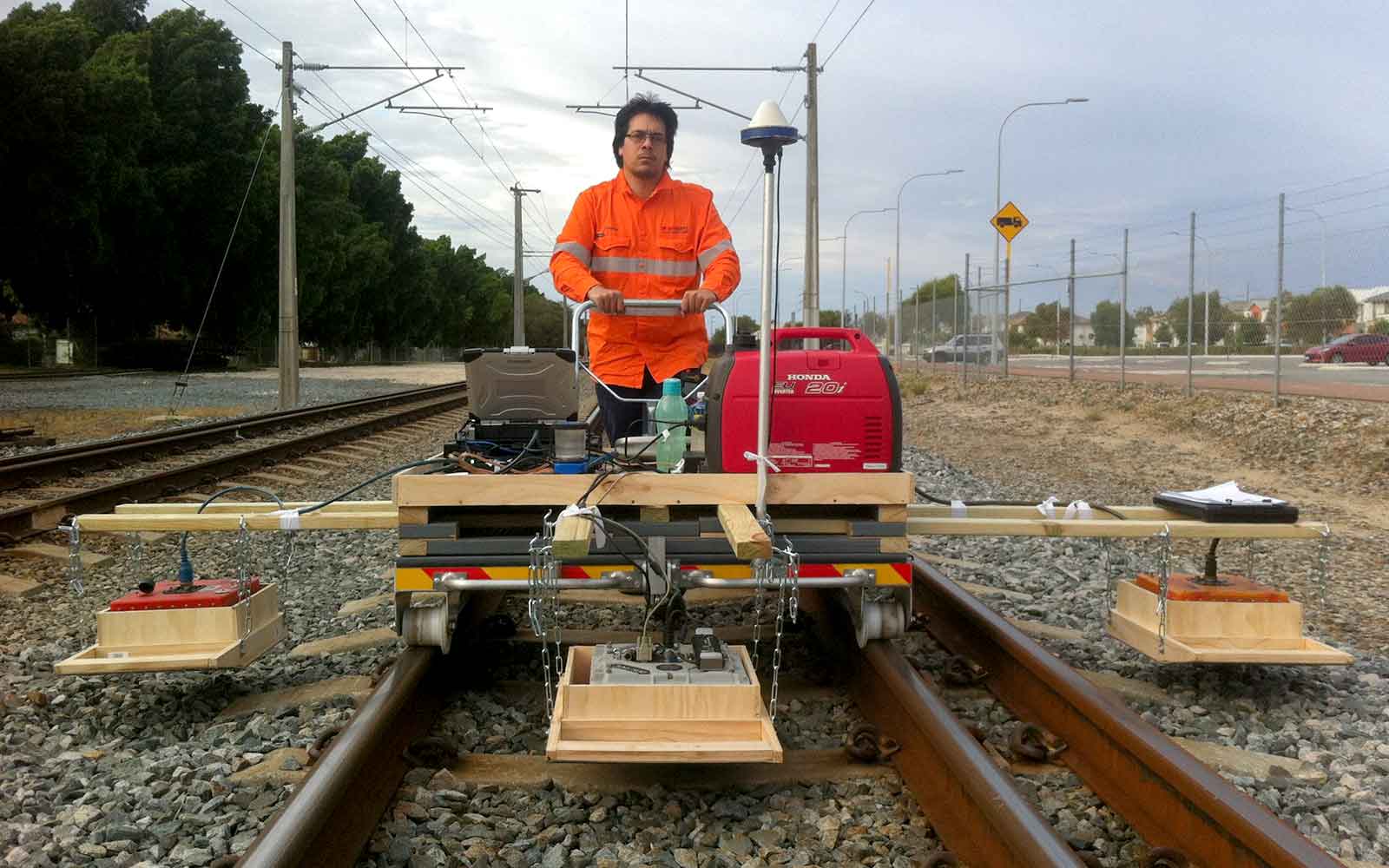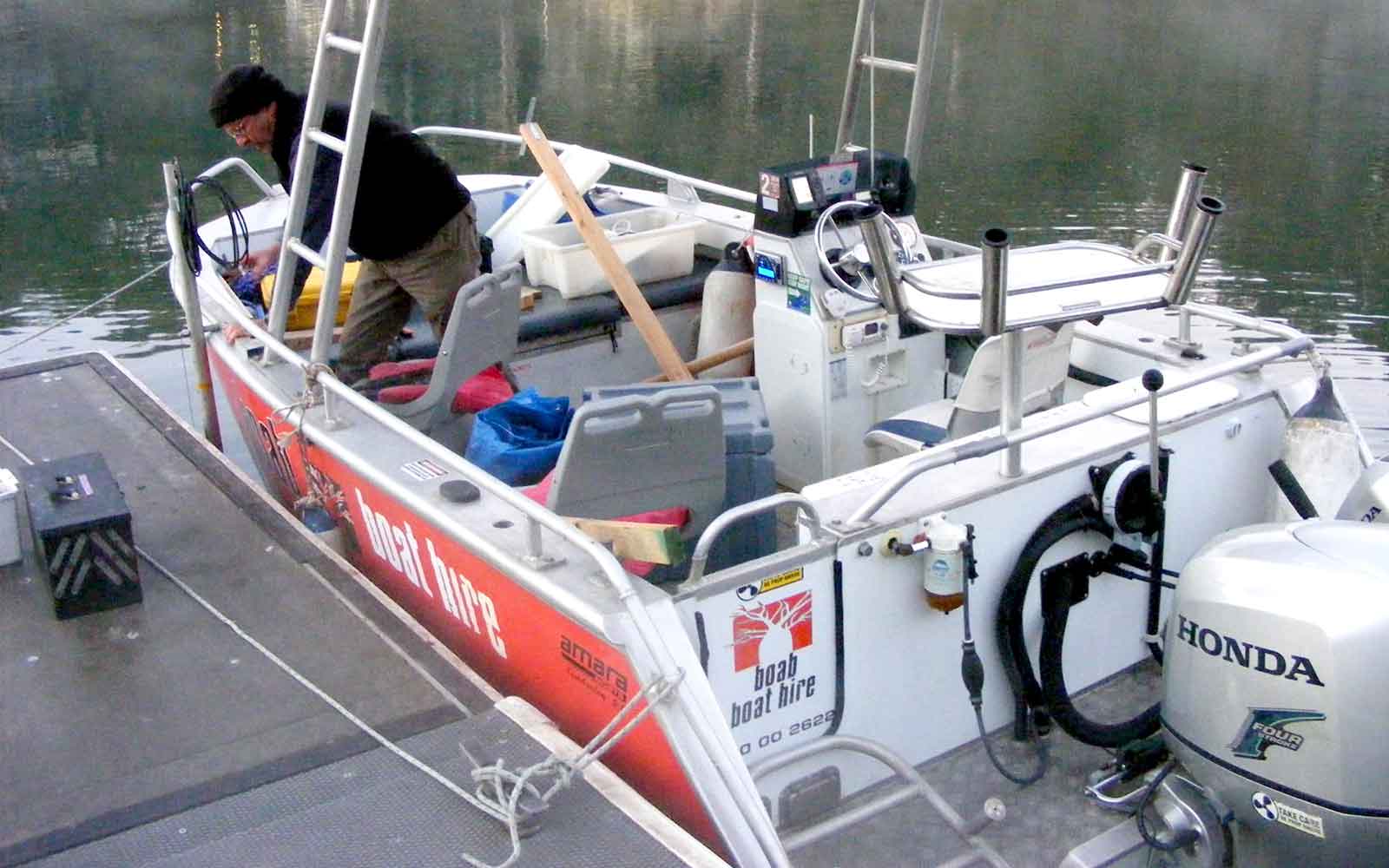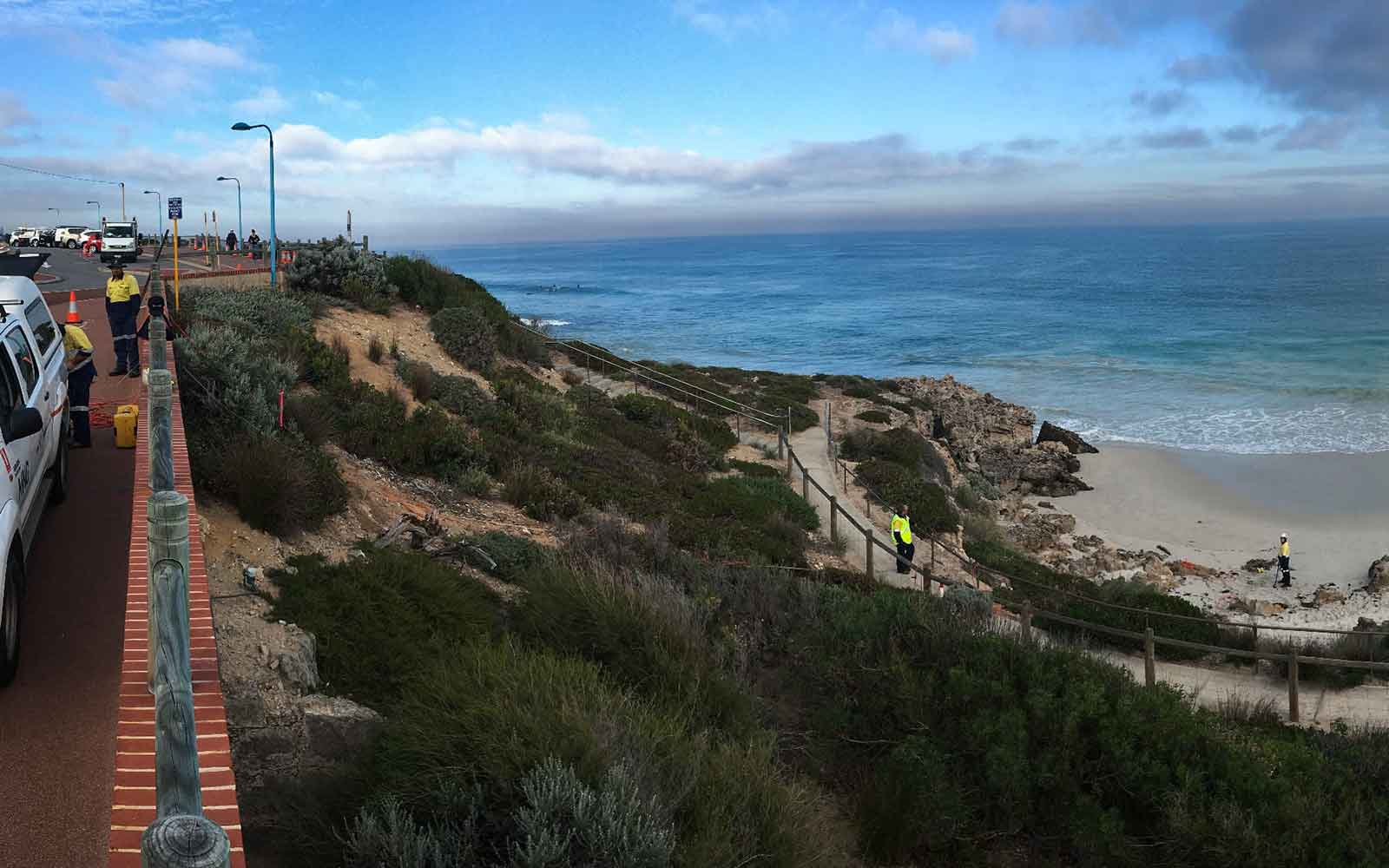Borehole Magnetic Gradiometer

Applications
- Determine pile depth
Method
The instrument detects variations in the earth’s magnetic field ferrous materials increase the intensity of the magnetic field. This allows the reinforcement within the pile to be detected. Best results are obtained when the borehole is within 0.5 m of the pile. Results become less precise the further away from the pipe (the response becomes lower in amplitude and becomes more dominated by the ambient field). Metallic contamination or the presence of metal fixtures close to the sensor may also affect the results. The middle of the sensor rod needs to ensure the bottom of the pile has been detected. If the material is loose, a plastic casing is needed to prevent the collapse of the hole. The diameter of the borehole needs to be approximately 70 mm.
Data Analysis & Presentation
The depth of pile is estimated based on the occurrence of a magnetic gradient inversion and decay.

Case Studies
GBG has completed over 1000 projects since its conception with multiple stakeholders and countless clients. GBG is proud to showcase some of these projects.
Enquire Now
We look forward to discussing your project with you, please complete the form below or contact one of our offices directly.
Please note: GBG Group is compliant with the General Data Protection Regulation (GDPR). To learn more about how we collect, keep, and process your private information in compliance with GDPR, please view our privacy policy. *







